Tibet
About Indo Asia Tours
- The tenacious foundation of service oriented outlook and in-depth knowledge has firmly kept them on the list of top five in-bound tour operators of India. Stellar client satisfaction, updated information and efficient systems has created a seamless work environment since 1987, when the organization was established.
- They are one of the leading ground operators in not only India but in Bhutan, Tibet, Nepal, Bangladesh and Sri Lanka, offering the client a hassle-free service for all the leading destinations in the subcontinent. Not only can the traveller look forward to a superior product, with the highest quality of services but the experience is amplified with their commitment towards social and environmentally inclined associations as well.
- Indo Asia’s endeavour towards creating safe and rich experiences of travel has led to being conferred with “The National Tourism Award” for excellence in travel industry from the Govt. of India, nine times. The company is also an active member of leading tourism organizations like ATTA, PATA, IATA, USTOA, Incredible India, TOFT, NTA etc. experience․
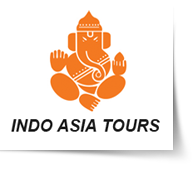

Lalit Atrish
Product & Services
- FIT & Group Travel
- Family Travel
- Cultural and Adventure Travel
- Special Interest Tours
- MICE, Events & Cruise Services
- Sports & Activities
Contact Info
- Indo Asia House, Plot no 56, Sector 44, Gurugram
- Haryana 122002
- India
- +911 244 534 500
Top Activities
- • Discover Tibet’s rich religious heritage by visiting monasteries such as Sera Monastery, known for its debates among monks, and Drepung Monastery, once the largest monastery in the world. These monasteries offer insights into Tibetan Buddhist practices, architecture, and daily life of monks.
- • Wander through a local market and experience the bustling atmosphere of pilgrims and locals circumambulating the surrounding temples and explore the market stalls selling traditional Tibetan crafts and souvenirs.
- • Embark on treks and hikes amidst Tibet’s breath-taking landscapes. Popular routes include the trek to Everest Base Camp, where you can get close views of Mount Everest, and the pilgrimage trek around Mount Kailash, considered sacred in Hinduism, Buddhism, Jainism, and Bon religions.
- • Experience Tibetan culture by attending festivals like Losar (Tibetan New Year), Saga Dawa (celebrating Buddha's birth, enlightenment, and death), and Shoton Festival (featuring Tibetan opera and giant Thangka unveiling). These festivals showcase traditional rituals, dances, and music.
- • Explore the stunning high-altitude lakes of Namtso and Yamdrok. These turquoise lakes are not only scenic but also hold spiritual significance in Tibetan Buddhism. Enjoy the serene landscapes and take in views of snow-capped mountains reflected in the clear waters.
- • Visit artisan workshops to learn about Tibetan arts and crafts such as thangka painting, Tibetan carpet weaving, and traditional Tibetan medicine. Gain insights into the intricate techniques passed down through generations.
- • Capture the stunning landscapes of Tibet, from snow-capped mountains and high-altitude plains to nomadic settlements and ancient monasteries. The region offers unparalleled opportunities for photographers and nature enthusiasts alike.
- • For those interested in unique cultural practices, witness a Tibetan sky burial, where deceased bodies are offered to birds of prey as part of Tibetan Buddhist tradition. This ritual is performed in certain areas of Tibet and offers a deep cultural perspective.
Top Selected Tours
Do you need a quotation or more details?
Did you know this fact?
About Nepal
Visitors to Tibet can explore the UNESCO listed world heritage sites like the Potala Palace which is perhaps the most iconic landmark in Tibet, Jokhang Temple, one of the holiest sites in Tibetan Buddhism, Norbulingka, notable for its beautiful Tibetan architecture and serene environment, Sakya Monastery, an important Tibetan Buddhist monastery founded in the late 11th century, etc. Visitors can also experience breath-taking views of high-altitude lakes (such as Namtso and Yamdrok), snow-capped mountains (including Mount Everest), and vast grasslands. Tibet also offers opportunities for trekking, mountaineering, and exploring remote regions. Popular trekking routes include the Everest Base Camp trek and the Kailash Mansarovar pilgrimage trek.
Tibetan cuisine is a delightful blend of flavours and ingredients unique to the region. Dishes like momos, thukpa, and yak butter tea provide a culinary adventure for visitors.
Tibet also hosts several annual festivals that attract tourists interested in experiencing local traditions and celebrations. The most famous is the Tibetan New Year (Losar), which is celebrated over several days in late January or early February (based on the lunar calendar) with colorful ceremonies, traditional music, and dance. Other notable festivals include Saga Dawa which is celebrated on the full moon day of the fourth Tibetan lunar month (usually in May or June) and commemorates the birth, enlightenment, and death of Buddha, Shoton Festival (yogurt banquet) which is held usually in late June or July etc.
The best time to visit Tibet is from April to October when the weather is milder and more suitable for travel, except July and August which can be bit rainy. Travel to Tibet is subject to certain restrictions and regulations imposed by the Chinese government. Foreign tourists need to obtain a Tibet Travel Permit, and visitors are required to be part of a tour organized by a registered travel agency.
Tibet, with its breath-taking landscapes, rich cultural heritage, and spiritual depth, offers a truly transformative travel experience. Whether you’re seeking adventure, spiritual enlightenment, or cultural immersion, Tibet promises an unforgettable journey. The sight of prayer flags fluttering in the wind and the sound of chanting monks create a serene and meditative atmosphere.

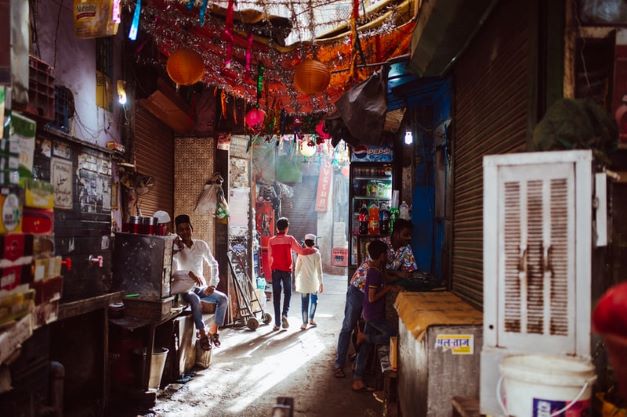
Delhi
A city which has been the seat of power of several empires for about a millennium. It has been destroyed and rebuilt many times, and interestingly, a number of its destroyers have also been its rulers. Delhi today is a potpourri of two distinct cultural lineages—Old Delhi and New Delhi. Juxtaposed against the immaculately planned New Delhi created by the British Raj, Old Delhi, which was once the capital of Islamic India, is a labyrinthine network of lanes and by lanes with crumbling havelis and formidable mosques.
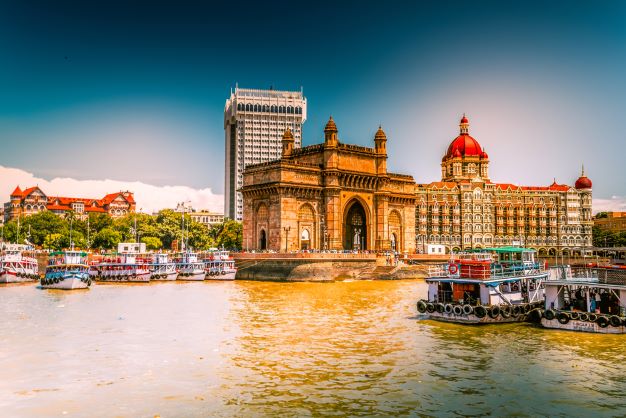
Mumbai
Or Bombay is a vibrant and pulsating cosmopolitan that represents the face of modern India. A cluster of seven islands that was presented to King Charles II as dowry in 1661, Mumbai today has become the economic capital of the country with thriving markets and business houses. The coexistence of several different communities here reflects the multi-ethnic identity of this city that never sleeps. Although Mumbai mirrors changes brought about by liberalization and modernization, at its core it remains a city steeped in its culture and tradition.
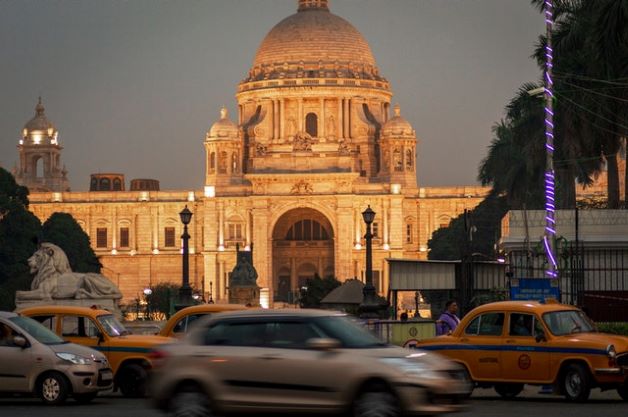
Kolkata
A city that is referred to as the “Cultural Capital” or “Literary Capital” of India. The name Kolkata was derived from the Bengali word Kolikata, the name of one of the three villages that predated the arrival of the British in this area. The commercial, cultural, and educational center of East India, the place is known for its literary, artistic and revolutionary heritage. Under the British Raj, Kolkata served as the capital of India until 1911, when perceived geographical drawbacks and apparent political turmoil led to shifting of the capital to New Delhi.
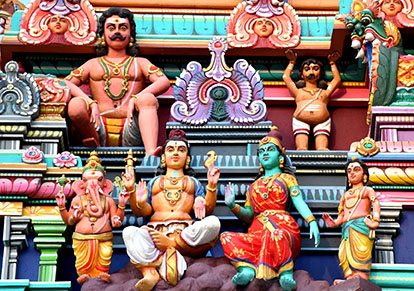
Bangalore
A city that enjoys good weather almost throughout the year. Founded in 1537 by Kempe Gowda I, Bengaluru today has grown much beyond the mud fort and moat built in the 16th century. The city with its sprawling gardens, parks, lakes and perennial flowering trees has rightly earned the sobriquet of “Garden City”. Once a sleepy cantonment settlement during the time of the British Raj, the city’s burgeoning information technology sector and economy have transformed it into one of the fastest growing cities of India.
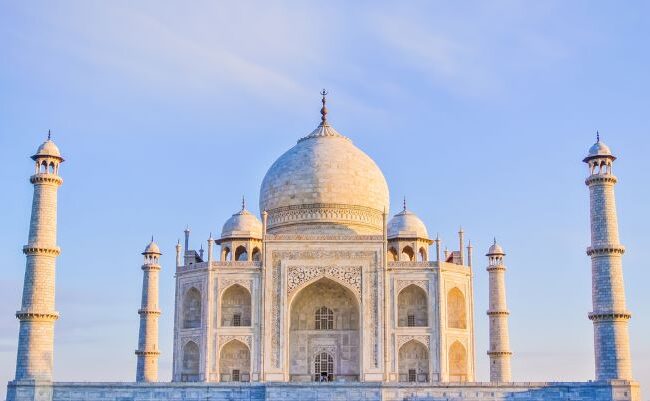
North India
From the mesmerizing beauty of Kashmir to the royal splendors of Rajasthan. From the most classic symbol of love, the Taj Mahal, to the holiest river of all, the Ganges. From the soaring Himalayas of Ladakh to the beautiful villages of Uttarakhand, North India is truly is a treasure trove of endless nature, authentic cultural immersions, and a collection of experiences filled with tranquility.
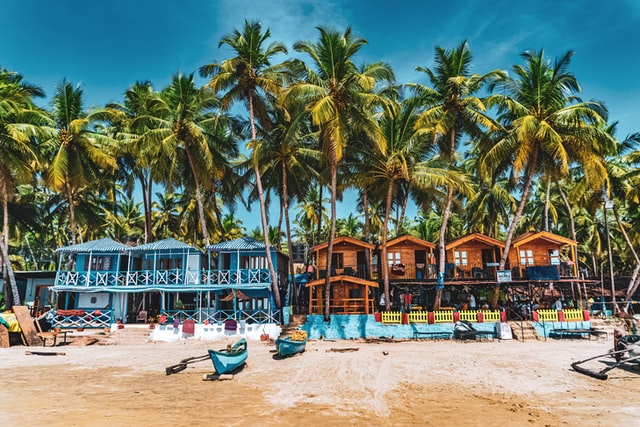
Western India
From the hippie Goa to the colorful, vibrant, and rustic Gujarat, visiting the Western region of India will take you to a worthy spot at every corner. From the hustle life of the country’s financial capital, Mumbai, to the more relaxed travel through the union territory of Daman and Diu and Dadra and Nagar Haveli, every passing day of your vacation, you are bound to spend them in heaven!
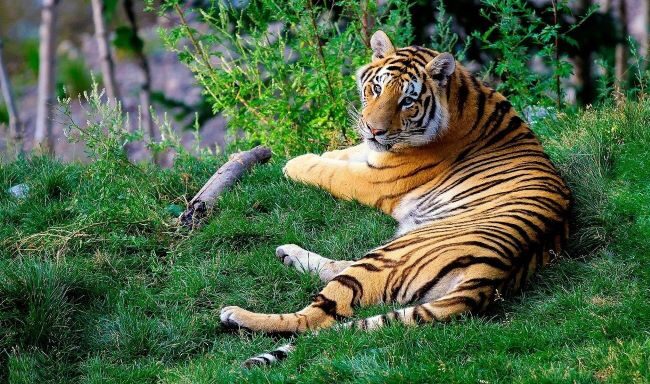
Central India
A region that gives you a glimpse into the country’s magnificent wildlife, rich heritage, and architectural splendors whilst creating a colorful amalgamation of culture, cuisine, and tradition. From the prehistoric site of Bhimbetka to erotic Temples at Khajuraho, ancient sites at Orchha, and mesmerizing Buddhist sites at Sanchi, the finest of ancient civilization can be seen here. For wildlife enthusiasts, the tiger-rich forests of Pench, Bandhavgarh, and Kanha are the go-to places. The region also has a quaint and beautiful hilly town of Mandu, famous for its ruins and serenity. If you have an inclination towards spirituality, the contemplative towns of Maheshwar and Omkareshwar are a must-visit.
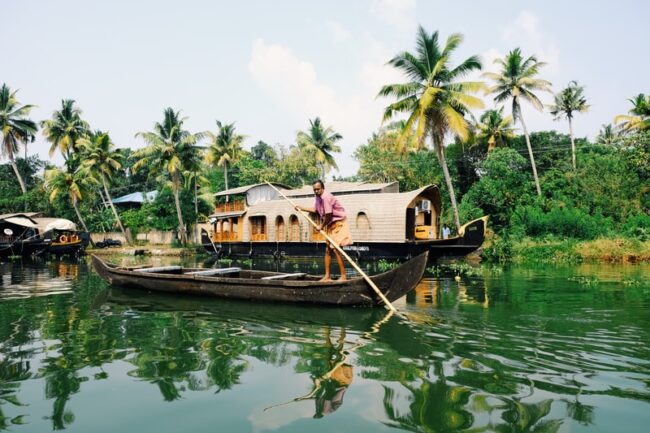
South India
Lush green spices, tea, and coffee plantations on the hills with different hues of blue sky shaping the sky fill your heart is what you get in South India. The grandeur of the Dravidian style of architectural marvels like the temples of Mahabalipuram, Palakkad, Hampi, and Chola Temple, among many others, is a sight to behold. South India is a treasure of peace, scenic views, nature’s ecstasy, and ancient India’s glory. Therefore, often travel to South India is said to be the the best travel destinations in India.
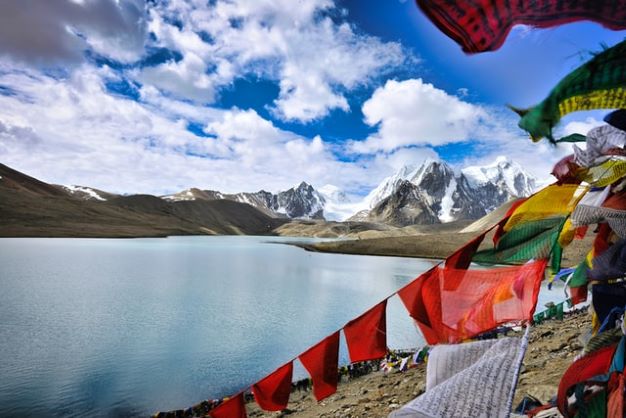
North East India
The Northeastern region of India offers an astonishingly diverse assortment of natural and cultural wonders. Varied climates and landscapes found throughout its reaches are spread along with Bhutan, Tibet, Myanmar, and Bangladesh. When you travel to Northeast India, there is so much to explore and experience. Here one can find around 220 different ethnic groups and many different dialects. The varying art, dance, religious practices, history, and architecture unfold an exciting way to reflect the diversity of this region. This land indeed is very different from the rest of India.
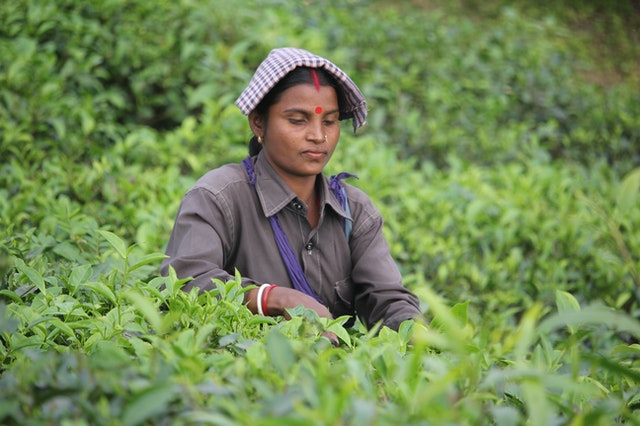
East India
Life in the eastern plains of India mainly revolves around the holy Ganges water and the mighty Brahmaputra, offering a different world in India. You can explore the beautiful and relatively untouched sites of eastern India, depicting culture and charm in their true form. Drenched with tea gardens, beautiful lush green hills, fascinating wildlife sanctuaries, vast Himalayan views, impressive temples, and Buddhist sites, Eastern India has many beautiful things to make your trip memorable.
